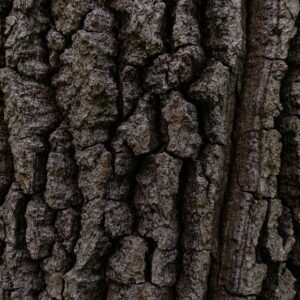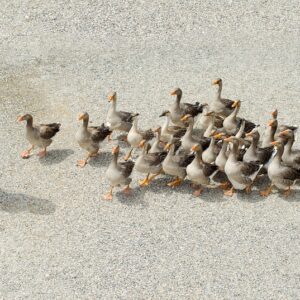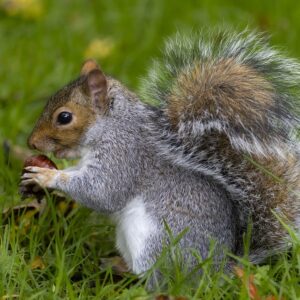Training your dog to track deer is not only a beneficial skill for hunting but it’s also a great way to keep your pet mentally and physically active. It fosters a solid bond between you and your dog as you spend more time together engaging in an exciting outdoor activity. Here’s a closer look at how you can train your dog to track deer.
Understanding Your Dog’s Natural Abilities
Dogs are naturally equipped with an astute sense of smell—one that’s far more sensitive than that of humans. This makes them excellent at following scent trails. However, not every dog is equipped to become a good tracker. Breeds that are commonly used for deer tracking include the Bloodhound, Beagle, Bavarian Mountain Scent Hound, and Labrador Retriever.
Basic Training Comes First
Before you even begin your deer training, your dog should be well-disciplined and should follow basic commands like sit, stay, come, and heel. This obedience training is foundational and will make the deer tracking training much smoother. Remember, safety is paramount when you bring your dog into a potentially unpredictable outdoor environment.
Tips for Basic Training
- Use positive reinforcement methods. Reward desired behaviour with treats, praise, or play.
- Train in short, frequent sessions rather than long, infrequent ones.
- Be patient and consistent.
Introducing the Scent
Your dog needs to get familiarized with the scent of a deer. Introduce your dog to the scent by allowing them to smell deer hair or hide. You could also use manufactured scented products specifically designed for training dogs to track deer. Start by letting your dog sniff these items in a controlled environment.
Creating a Scent Trail
Next, you’ll want to create a fake scent trail. You can do this by dragging the deer hide or hair across the ground in a variety of patterns and letting your dog sniff it out. Begin with short, straight trails and gradually progress to longer, more complex paths.
Observing Your Dog’s Reactions
Observation is a critical part of this training process. As your dog starts to recognize the deer scent, they will display certain behaviors. This might include wagging their tail more enthusiastically, sniffing more intensely, or looking more alert.
On-Field Training
Once your dog seems comfortable with the scent trails, it’s time for on-field training. This is where your dog’s training will be put to the test. Start with simple trails in areas with little distraction. The natural environment will provide a real, varied scent picture for your dog to work with.
Advanced Training Techniques
As your dog becomes more comfortable and skilled, you can introduce more complex training techniques. This may involve simulating a wounded deer’s trail or training on different types of terrain like water, high grass, or rocky areas.
Conclusion
Training your dog to track deer involves understanding your dog’s natural abilities, building on basic training, gradually introducing the scent, and finally moving to on-field training. Remember, patience and consistency are key in this process. As with any other skill, practice makes perfect.



